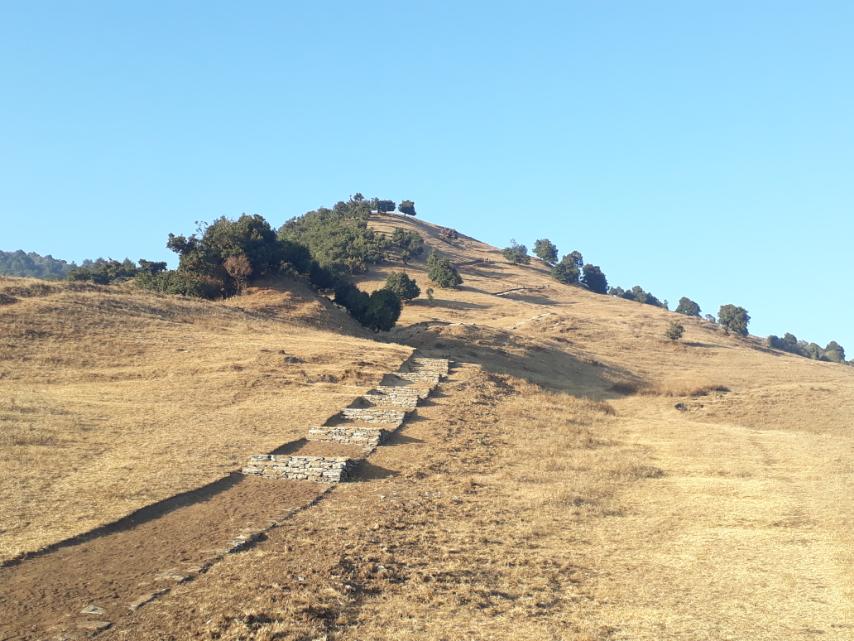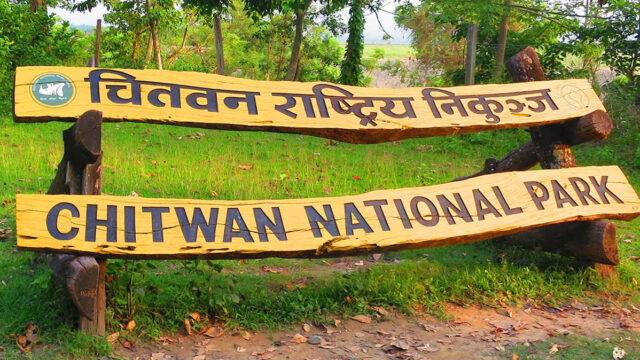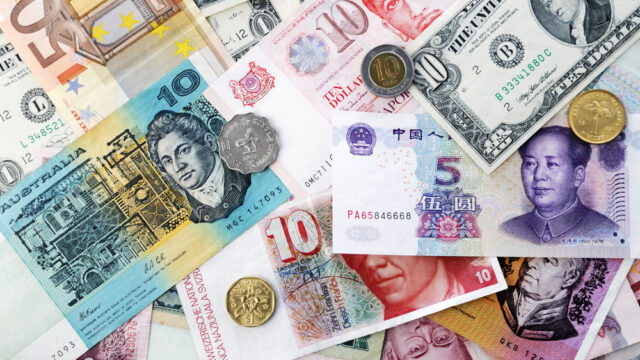In a significant step toward developing eastern Nepal’s trekking and cultural tourism potential, a coordinated tourism promotion meeting focusing on the expansion of the ‘Greater Mundum Trail’ has been successfully held with the participation of representatives from 11 local governments spanning four districts. The event, which took place in Ghoretar, Bhojpur, marked an important milestone in promoting one of Nepal’s emerging and culturally rich trekking routes.
The meeting brought together local government officials, tourism entrepreneurs, hotel operators, and project representatives focused on trail-based tourism development. The aim of the gathering was not only to coordinate the expansion of the trail but also to establish a shared vision for the preservation of indigenous cultural heritage along the route.
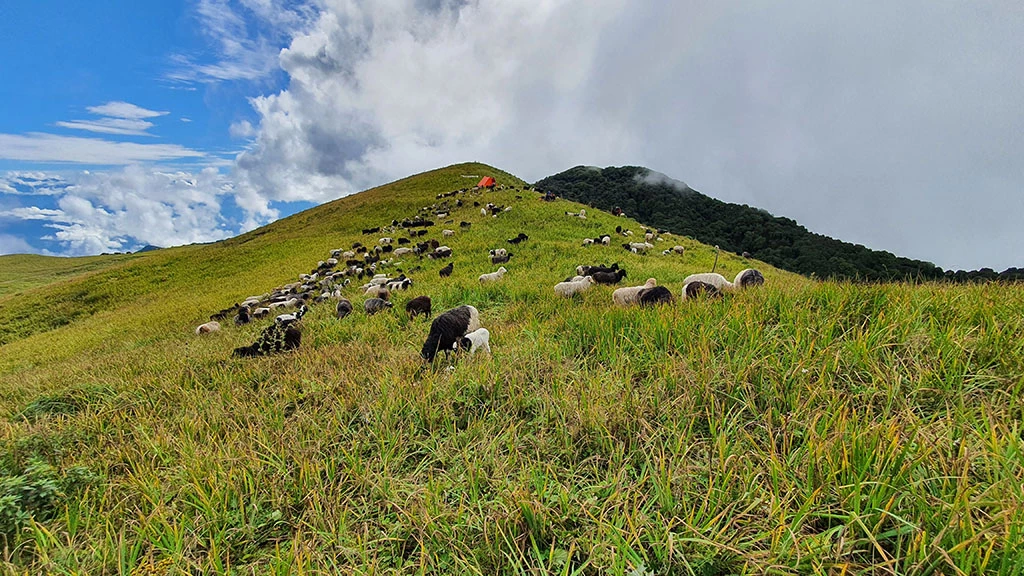
Joint Initiative Across Four Districts
The inter-municipal meeting, jointly organized by Hatuwagadhi Rural Municipality, Ramprasad Rai Rural Municipality, and Aamchowk Rural Municipality, saw participation from local representatives of Baraha Municipality (Sunsari), Belka Municipality (Udayapur), Sakela Rural Municipality, and Kepilasgadhi Rural Municipality (Khotang). These municipalities, along with others from Bhojpur, Temkemaiyung, Salpasilichho, Bhojpur Municipality, and Shadanand Municipality, formed the core team of 11 local governments committed to the development of the Greater Mundum Trail.
According to Mahesh Niraula, Chief Administrative Officer of Hatuwagadhi, the meeting symbolized a historic alliance of local bodies with the shared vision of transforming eastern Nepal into a sustainable trekking and tourism hub rooted in local culture.
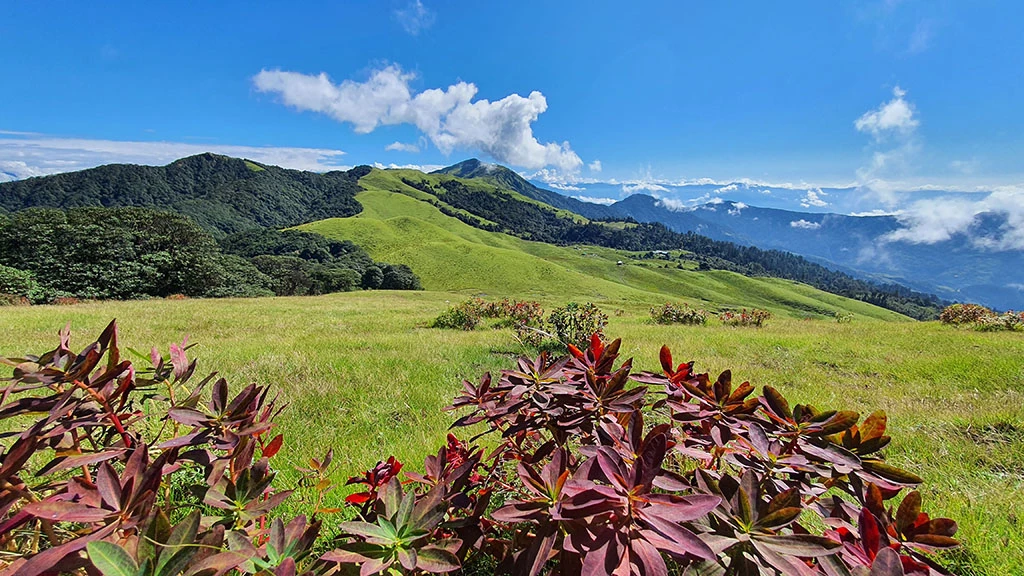
Shared Vision for Trail Development and Cultural Preservation
The event facilitated open discussions on how the Greater Mundum Trail can be expanded in a well-managed, inclusive, and sustainable manner. A major focus was placed on protecting and revitalizing cultural sites, indigenous traditions, and natural resources along the trail, which runs through many of Nepal’s ethnic Kirat communities.
Speaking at the meeting, Prem Kumar Rai, Chairperson of Hatuwagadhi Rural Municipality, stressed the importance of cooperation. “This meeting marks a beginning of mutual commitment. Through joint effort, we aim to take the development and promotion of the Greater Mundum Trail to new heights,” he said. He also emphasized that the ongoing construction work in each municipality must be synchronized to maintain trail integrity and visitor safety.
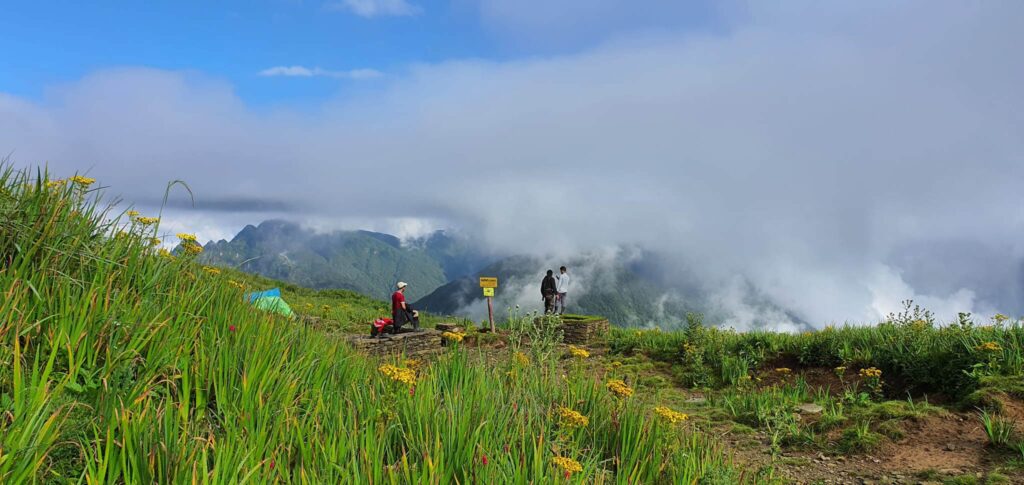
Planning for Qualitative Improvements and Long-Term Impact
The meeting also helped form a strategic direction for quality improvements to the trail infrastructure and tourism experience. According to Thambahadur Rai, Chairperson of Ramprasad Rai Rural Municipality, stakeholders reached a consensus on developing long-term plans that ensure the trail is accessible, environmentally friendly, and economically beneficial to local communities.
The event was also lauded by Saroj Basnet, Chairperson of Temkemaiyung Rural Municipality, who said the program captured the long-term importance of integrated tourism development. “This is not just about connecting trails; it’s about connecting culture, community, and commerce. We discussed how to align the trail with economic upliftment and cultural conservation,” he remarked.
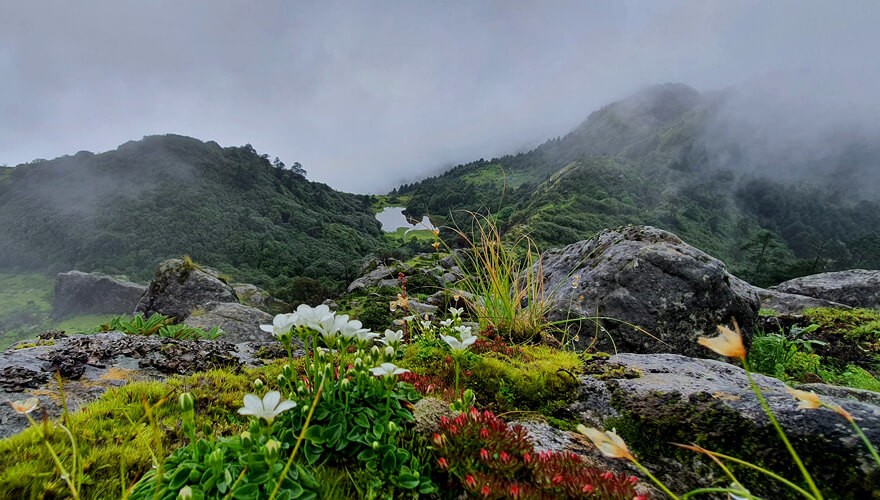
Focus on Sustainable and Modern Tourism Practices
The meeting featured input from trail-based tourism development projects that presented frameworks for sustainable and innovative tourism. These included introducing green tourism practices, community-run homestays, guided cultural experiences, and promotion of locally produced handicrafts and food. The stakeholders were also briefed on the importance of environmental impact assessments and creating a digital presence for the Greater Mundum Trail.
Emphasis was placed on turning the trail into a model for sustainable tourism that respects indigenous identity while offering modern trekking experiences. This approach ensures that the trail will not only serve as a route for trekkers but also as a cultural corridor for learning, exchange, and economic transformation.

Greater Mundum Trail: A Gateway to Eastern Nepal’s Hidden Gems
The Greater Mundum Trail traverses through scenic hills, lush forests, and culturally vibrant settlements of the eastern hills. It connects multiple rural municipalities in Bhojpur, Khotang, Udayapur, and Sunsari, providing opportunities for trekkers to explore remote villages, experience local hospitality, and engage with unique Kirat traditions.
This trail is especially significant in its promotion of low-impact, high-value tourism that benefits local communities directly. With well-coordinated efforts now in place, it is expected that the trail will soon gain national and international recognition, offering an alternative to the already popular trekking routes in Nepal such as Everest Base Camp or Annapurna Circuit.

A Step Toward Regional Tourism Empowerment
The success of the inter-municipality coordination meeting represents a solid step forward in regional tourism development in eastern Nepal. The involvement of elected representatives, tourism entrepreneurs, and trail-focused organizations signals strong local ownership of the initiative. If the plans and commitments made during this meeting are effectively implemented, the Greater Mundum Trail could soon emerge as a flagship example of community-driven, sustainable, and culturally immersive tourism in Nepal.
